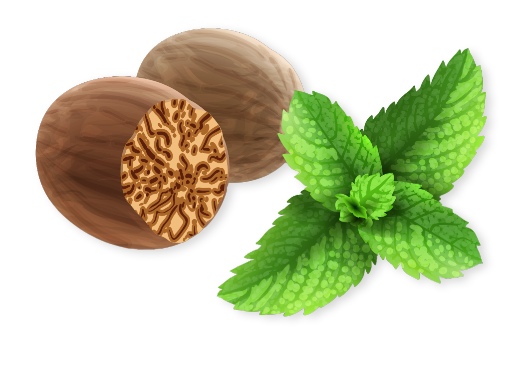How to Take a Sitz Bath for Fistula Relief: A Step-by-Step Guide
Tuesday, April 22, 2025A sitz bath is one of the most effective and soothing home remedies for managing discomfort from fistula-in-ano. It involves soaking the anal and pelvic area in warm water, which helps reduce pain, promote healing, improves blood circulation, and keep the area clean — all of which are crucial when dealing with a fistula.
What Is a Sitz Bath?
A sitz bath is a shallow bath that immerses only the hips and buttocks in warm water. It can be done in a regular bathtub or using a special sitz bath basin that fits over a toilet seat.
This simple practice is often recommended post-surgery or during the active phase of fistula symptoms to provide:
- Relief from pain and burning
- Reduction in swelling and inflammation
- Softening of the tissues around the anal opening
- Improved wound healing and hygiene
When to Take a Sitz Bath
- After bowel movements (to cleanse and soothe the area)
- Twice or thrice daily during active symptoms
- Before applying any topical medication or undergoing treatment like Kshara Sutra
- Whenever you experience itching, swelling, or mild pain
What You’ll Need
- Warm water (not hot — ideally between 37°C to 40°C)
- Sitz bath basin or a wide, clean plastic tub
- Clean towel
- Optional: Additives like rock salt, Neem leaves, or Triphala decoction (if advised by your doctor or Ayurvedic practitioner)
How to Take a Sitz Bath – Step-by-Step
- Prepare the water
Fill the basin or tub with warm water. The water level should be enough to immerse your buttocks and hips fully — around 3 to 4 inches deep. - Add natural ingredients (optional)
- Add a tablespoon of rock salt to the water for its antibacterial and soothing properties
- Boil a handful of Neem leaves and mix the strained decoction into the sitz bath
- Alternatively, use Triphala powder (1–2 teaspoons boiled and strained) for its cleansing effect
- Check the water temperature
Make sure the water is warm but not too hot. Test with your elbow before sitting. - Sit in the bath
Lower yourself slowly into the tub or onto the sitz basin. Ensure that your anal area is fully immersed. - Soak for 15–20 minutes
Sit quietly and relax. You can gently move a little to let the water reach all areas. Avoid soap or harsh chemicals during the soak. - Dry the area
Gently pat dry the anal region with a soft, clean towel. Avoid rubbing the area. - Repeat as needed
You can take a sitz bath 2–3 times a day or as advised by your doctor, especially after bowel movements or before applying ointments.
Precautions to Keep in Mind
- Avoid hot water: It can increase swelling or cause burns
- Keep the tub clean: Disinfect the basin after each use to avoid secondary infections
- Don’t overdo: Prolonged or too frequent baths can cause skin dryness or irritation
- Be gentle: Avoid using soap, scrubbing, or rough materials near the fistula opening
Ayurvedic Support for Sitz Baths
In Ayurvedic care for Bhagandara (anal fistula), sitz baths (Avagaha Sweda) are often done using herbal decoctions. Ingredients like Triphala, Dashamoola, and Neem are chosen based on doshic imbalances and the stage of the fistula. At Ayurvedic hospitals such as Sanjeevanam, these are customized and incorporated into a complete treatment protocol, including herbal applications and lifestyle advice.
A sitz bath is a simple, cost-effective, and comforting way to manage the pain and swelling associated with fistula. When practiced regularly, it not only provides symptomatic relief but also helps keep the affected area clean and infection-free — both critical for healing. Combined with a fibre-rich diet, proper hydration, and appropriate medical or Ayurvedic treatment, sitz baths form an essential part of fistula care and recovery.
You can write to us.
BOOK APPOINTMENT



























